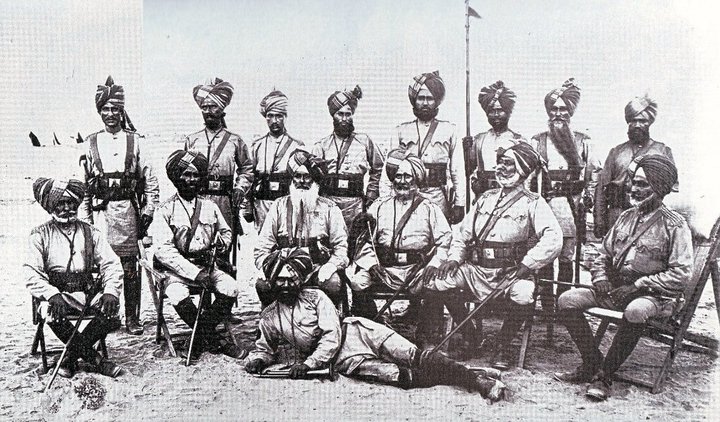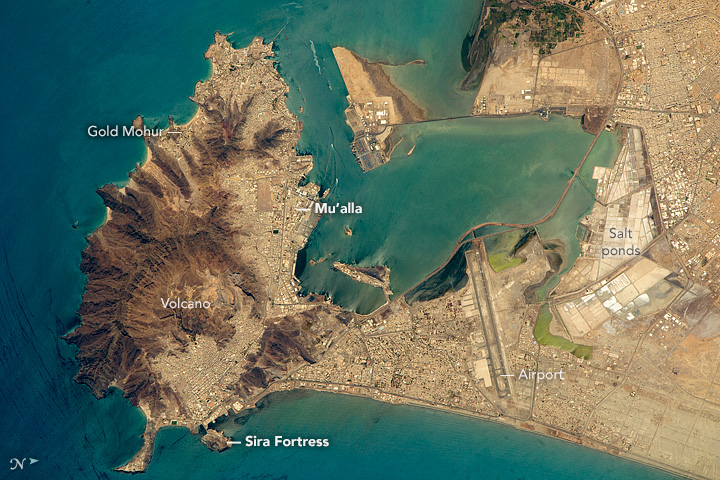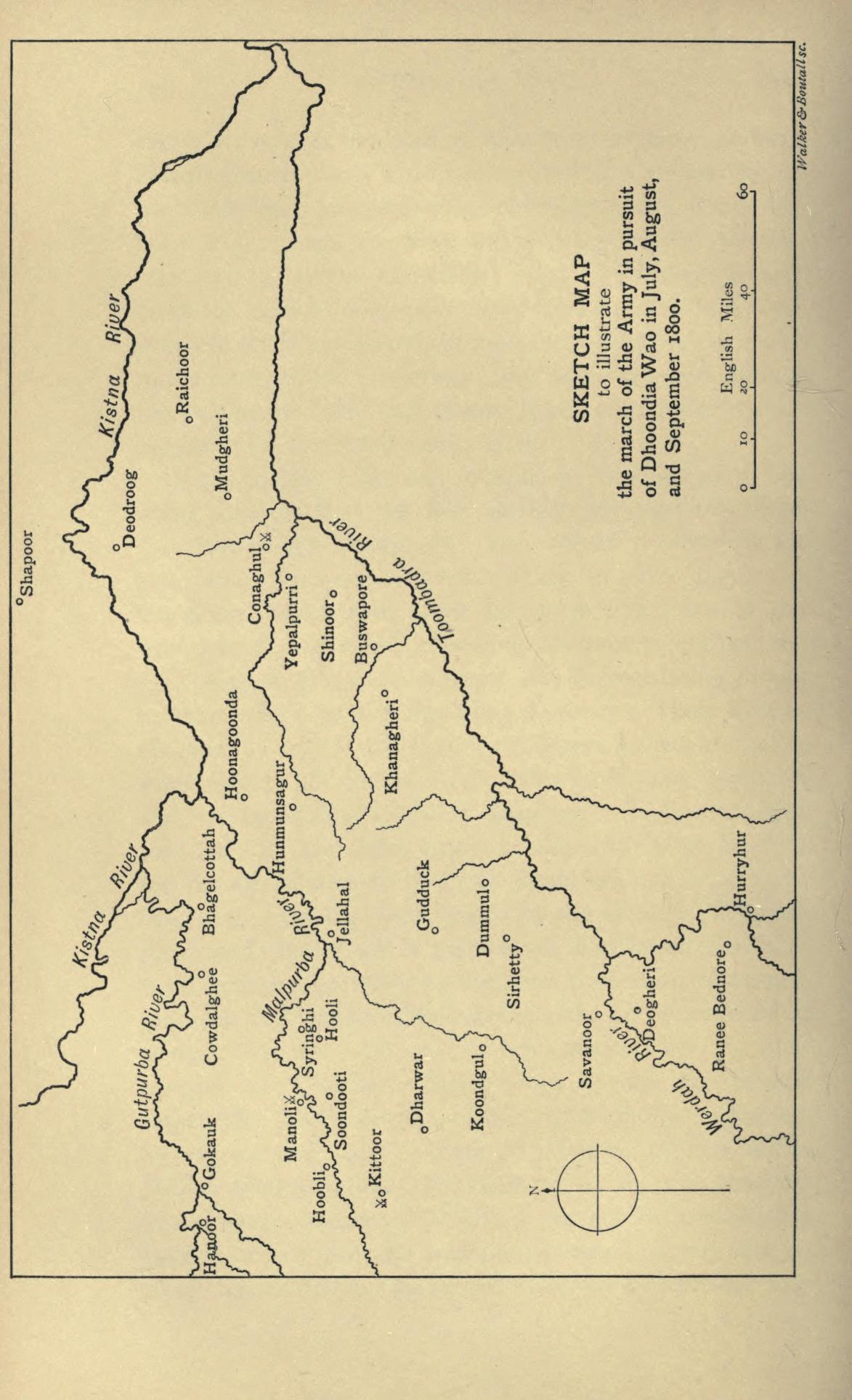|
30th Lancers (Gordon's Horse)
The 8th Light Cavalry traces its origins from the 8th King George's Own Light Cavalry which was formed in 1922 by the amalgamation of the 26th King George's Own Light Cavalry and the 30th Lancers following a re-organisation of the Indian Cavalry Corps. Both regiments were regular cavalry units that had had long and distinguished records in the British Indian Army prior to their amalgamation. During World War II the regiment was converted into an armoured car unit and served during the Burma campaign. After India gained Independence the regiment was named 8th Light Cavalry.The regiment is the third oldest armoured regiment in India and is amongst the most highly decorated regiments in the country. 26th King George’s Own Light Cavalry The 26th King George's Own Light Cavalry was originally raised as the 5th Regiment Madras Native Cavalry on 23 October 1787 as part of the Madras Presidency Army. In 1788, it was re-designated as the 1st Madras Native Cavalry and in 1816 its name was ... [...More Info...] [...Related Items...] OR: [Wikipedia] [Google] [Baidu] |
British India
The provinces of India, earlier presidencies of British India and still earlier, presidency towns, were the administrative divisions of British governance on the Indian subcontinent. Collectively, they have been called British India. In one form or another, they existed between 1612 and 1947, conventionally divided into three historical periods: *Between 1612 and 1757 the East India Company set up Factory (trading post), factories (trading posts) in several locations, mostly in coastal India, with the consent of the Mughal emperors, Maratha Empire or local rulers. Its rivals were the merchant trading companies of Portugal, Denmark, the Netherlands, and France. By the mid-18th century, three ''presidency towns'': Madras, Bombay and Calcutta, had grown in size. *During the period of Company rule in India (1757–1858), the company gradually acquired sovereignty over large parts of India, now called "presidencies". However, it also increasingly came under British government over ... [...More Info...] [...Related Items...] OR: [Wikipedia] [Google] [Baidu] |
British Indian Army
The British Indian Army, commonly referred to as the Indian Army, was the main military of the British Raj before its dissolution in 1947. It was responsible for the defence of the British Indian Empire, including the princely states, which could also have their own armies. As quoted in the Imperial Gazetteer of India, "The British Government has undertaken to protect the dominions of the Native princes from invasion and even from rebellion within: its army is organized for the defence not merely of British India, but of all possessions under the suzerainty of the King-Emperor." The Indian Army was an important part of the British Empire's forces, both in India and abroad, particularly during the First World War and the Second World War. The term ''Indian Army'' appears to have been first used informally, as a collective description of the Presidency armies, which collectively comprised the Bengal Army, the Madras Army and the Bombay Army, of the Presidencies of British India ... [...More Info...] [...Related Items...] OR: [Wikipedia] [Google] [Baidu] |
Jat People
The Jat people ((), ()) are a traditionally agricultural community in Northern India and Pakistan. Originally pastoralists in the lower Indus river-valley of Sindh, Jats migrated north into the Punjab region in late medieval times, and subsequently into the Delhi Territory, northeastern Rajputana, and the western Gangetic Plain in the 17th and 18th centuries. Quote: "Hiuen Tsang gave the following account of a numerous pastoral-nomadic population in seventh-century Sin-ti (Sind): 'By the side of the river.. f Sind along the flat marshy lowlands for some thousand li, there are several hundreds of thousands very great manyfamilies ..hichgive themselves exclusively to tending cattle and from this derive their livelihood. They have no masters, and whether men or women, have neither rich nor poor.' While they were left unnamed by the Chinese pilgrim, these same people of lower Sind were called Jats' or 'Jats of the wastes' by the Arab geographers. The Jats, as 'dromedary men.' we ... [...More Info...] [...Related Items...] OR: [Wikipedia] [Google] [Baidu] |
Western Front (World War I)
The Western Front was one of the main theatres of war during the First World War. Following the outbreak of war in August 1914, the German Army opened the Western Front by invading Luxembourg and Belgium, then gaining military control of important industrial regions in France. The German advance was halted with the Battle of the Marne. Following the Race to the Sea, both sides dug in along a meandering line of fortified trenches, stretching from the North Sea to the Swiss frontier with France, which changed little except during early 1917 and in 1918. Between 1915 and 1917 there were several offensives along this front. The attacks employed massive artillery bombardments and massed infantry advances. Entrenchments, machine gun emplacements, barbed wire and artillery repeatedly inflicted severe casualties during attacks and counter-attacks and no significant advances were made. Among the most costly of these offensives were the Battle of Verdun, in 1916, with a combined 700,000 ... [...More Info...] [...Related Items...] OR: [Wikipedia] [Google] [Baidu] |
9th Hodson's Horse
4th Horse (Hodson's Horse) is a part of the Armoured Corps of the Indian Army, which had its beginnings as an irregular cavalry regiment during the time of the Indian Rebellion of 1857. Formation The regiment was raised during the turbulent times of the Indian Rebellion of 1857. During the siege of Delhi, on 19 May 1857, an order was issued by the Commander-in-Chief, Major General George Anson to appoint Lieutenant (later Brevet Major) William Stephen Raikes Hodson as the Commandant of a corps of Irregular Horse, which he was directed to raise, while at Kurnaul. Hodson sought assistance from Robert Montgomery, Judicial Commissioner of the Punjab. Montgomery asked two Sirdars to raise a rissalah (troop) each, and he raised one himself. The three rissalahs left for Delhi on 23 June 1857 under the command of Man Singh, who was Risaldar-Major of the 1st Regiment from 1866 to 1877. Mr Montgomery sent two more rissalahs on 9 July 1857. The troops were mainly from the Lahore an ... [...More Info...] [...Related Items...] OR: [Wikipedia] [Google] [Baidu] |
8th (King's Royal Irish) Hussars
The 8th King's Royal Irish Hussars was a cavalry regiment in the British Army, first raised in 1693. It saw service for three centuries including the First and Second World Wars. The regiment survived the immediate post-war reduction in forces, and went on to distinguish itself in the battles of the Korean War, but was recommended for amalgamation in the 1957 Defence White Paper prepared by Duncan Sandys. The regiment was amalgamated with the 4th Queen's Own Hussars, to form the Queen's Royal Irish Hussars in 1958. History Formation and War of Spanish Succession The regiment was first raised by Henry Conyngham as Henry Conyngham's Regiment of Dragoons in Derry in 1693, and ranked as the 8th Dragoons. They soldiered at home as part of the Irish Establishment but were deployed to Spain in 1704 to take part in the War of the Spanish Succession. The regiment took part in a skirmish near Tanarite at which Henry Conyngham was killed: Robert Killigrew took over but was also kill ... [...More Info...] [...Related Items...] OR: [Wikipedia] [Google] [Baidu] |
1st Indian Cavalry Division
The 1st Indian Cavalry Division was a division of the British Indian Army which was formed at the outbreak of the First World War. It served on the Western Front, and was renamed the 4th Cavalry Division on 26 November 1916. In March 1918, the 4th Cavalry Division was disbanded; the British units remained in France and the Indian units were sent to Egypt to help form the 1st Mounted Division. History The division sailed for France from Bombay on 16 October 1914 under the command of Major General Hew Fanshawe. The division was re-named the 4th Cavalry Division in November 1916. During the war, the division served in the trenches as infantry. A large number of early officer casualties affected the division's later performance. British officers who understood the language, customs and psychology of their men could not be quickly replaced and the alien environment of the Western Front affected the soldiers. The division served in France and Flanders, held in reserve for the expec ... [...More Info...] [...Related Items...] OR: [Wikipedia] [Google] [Baidu] |
3rd (Ambala) Cavalry Brigade
The Ambala Cavalry Brigade was a cavalry brigade of the British Indian Army formed in 1904 as a result of the Kitchener Reforms. It was mobilized as 3rd (Ambala) Cavalry Brigade at the outbreak of the First World War as part of the 1st Indian Cavalry Division and departed for France. It served on the Western Front with the 1st and 2nd Indian Cavalry Divisions until it was broken up in March 1918. History The Kitchener Reforms, carried out during Lord Kitchener's tenure as Commander-in-Chief, India (1902–09), completed the unification of the three former Presidency armies, the Punjab Frontier Force, the Hyderabad Contingent and other local forces into one Indian Army. Kitchener identified the Indian Army's main task as the defence of the North-West Frontier against foreign aggression (particularly Russian expansion into Afghanistan) with internal security relegated to a secondary role. The Army was organized into divisions and brigades that would act as field formatio ... [...More Info...] [...Related Items...] OR: [Wikipedia] [Google] [Baidu] |
Aden Field Force
Aden ( ar, عدن ' Yemeni: ) is a city, and since 2015, the temporary capital of Yemen, near the eastern approach to the Red Sea (the Gulf of Aden), some east of the strait Bab-el-Mandeb. Its population is approximately 800,000 people. Aden's natural harbour lies in the crater of a dormant volcano, which now forms a peninsula joined to the mainland by a low isthmus. This harbour, Front Bay, was first used by the ancient Kingdom of Awsan between the 7th to 5th centuries BC. The modern harbour is on the other side of the peninsula. Aden gets its name from the Gulf of Aden. Aden consists of a number of distinct sub-centres: Crater, the original port city; Ma'alla, the modern port; Tawahi, known as "Steamer Point" in the colonial period; and the resorts of Gold Mohur. Khormaksar, on the isthmus that connects Aden proper with the mainland, includes the city's diplomatic missions, the main offices of Aden University, and Aden International Airport (the former British Royal A ... [...More Info...] [...Related Items...] OR: [Wikipedia] [Google] [Baidu] |
South Yemen
South Yemen ( ar, اليمن الجنوبي, al-Yaman al-Janubiyy), officially the People's Democratic Republic of Yemen (, ), also referred to as Democratic Yemen (, ) or Yemen (Aden) (, ), was a communist state that existed from 1967 to 1990 as a state in the Middle East in the southern and eastern provinces of the present-day Republic of Yemen, including the island of Socotra. South Yemen's origins can be traced to 1874 with the creation of the British Colony of Aden and the Aden Protectorate, which consisted of two-thirds of the present-day Yemen. Prior to 1937 what was to become the Colony of Aden had been governed as a part of British India, originally as the Aden Settlement subordinate to the Bombay Presidency and then as a Chief Commissioner's province. After the collapse of Aden Protectorate, a state of emergency was declared in 1963, when the National Liberation Front (NLF) and the Front for the Liberation of Occupied South Yemen (FLOSY) rebelled against the Bri ... [...More Info...] [...Related Items...] OR: [Wikipedia] [Google] [Baidu] |
Polygars
Palaiyakkarars, or Poligar, (as the British referred to them) in Tamil Nadu refers to the holder of a small kingdom as a feudatory to a greater sovereign. Under this system, ''palayam'' was given for valuable military services rendered by any individual. The word ''pālayam'' means domain,a military camp, or a small kingdom. This type of Palayakkarars system was in practice during the rule of Pratapa Rudhra of Warangal in the Kakatiya kingdom. The system was put in place in Tamilnadu by Viswanatha Nayaka, when he became the Nayak ruler of Madurai in 1529, with the support of his minister Ariyanathar. Traditionally there were supposed to be 72 Palayakkarars.The majority of those Palaiyakkarar, who during the late 17th- and 18th-centuries controlled much of the Telugu region as well as the Tamil area, had themselves come from the Yadhavar, Kallar, Maravar and Vatuka, pala ekari communities. The Palaiyakkarar of Madurai Country were instrumental in establishing administrative r ... [...More Info...] [...Related Items...] OR: [Wikipedia] [Google] [Baidu] |
Dhondia Wagh
Dhondia Wagh (died 10 September 1800) was a military soldier and adventurer in 18th century India. He started his career in the service of Hyder Ali, the ruler of Mysore. During the Third Anglo-Mysore War, he deserted Ali's successor Tipu Sultan, and subsequently raided territories on the Maratha-Mysore border. After the Marathas forced him to retreat, he sought refuge from Tipu and converted to Islam, changing his name to Malik Jahan Khan. After Tipu's death in the Fourth Anglo-Mysore War, he raised a force comprising soldiers from the former Mysore Army, and took control of northern part of the Mysore Kingdom. He styled himself as ''Ubhaya-Lokadheeshwara'' ("King of two Worlds"). The British East India Company as well as the Maratha Peshwa sent armies to check his rising power. He was ultimately defeated and killed by a British force led by Arthur Wellesley. Early life Dhondia Wagh was born at Channagiri in the Kingdom of Mysore (present-day Karnataka). He belonged to a Mara ... [...More Info...] [...Related Items...] OR: [Wikipedia] [Google] [Baidu] |




.jpg)



